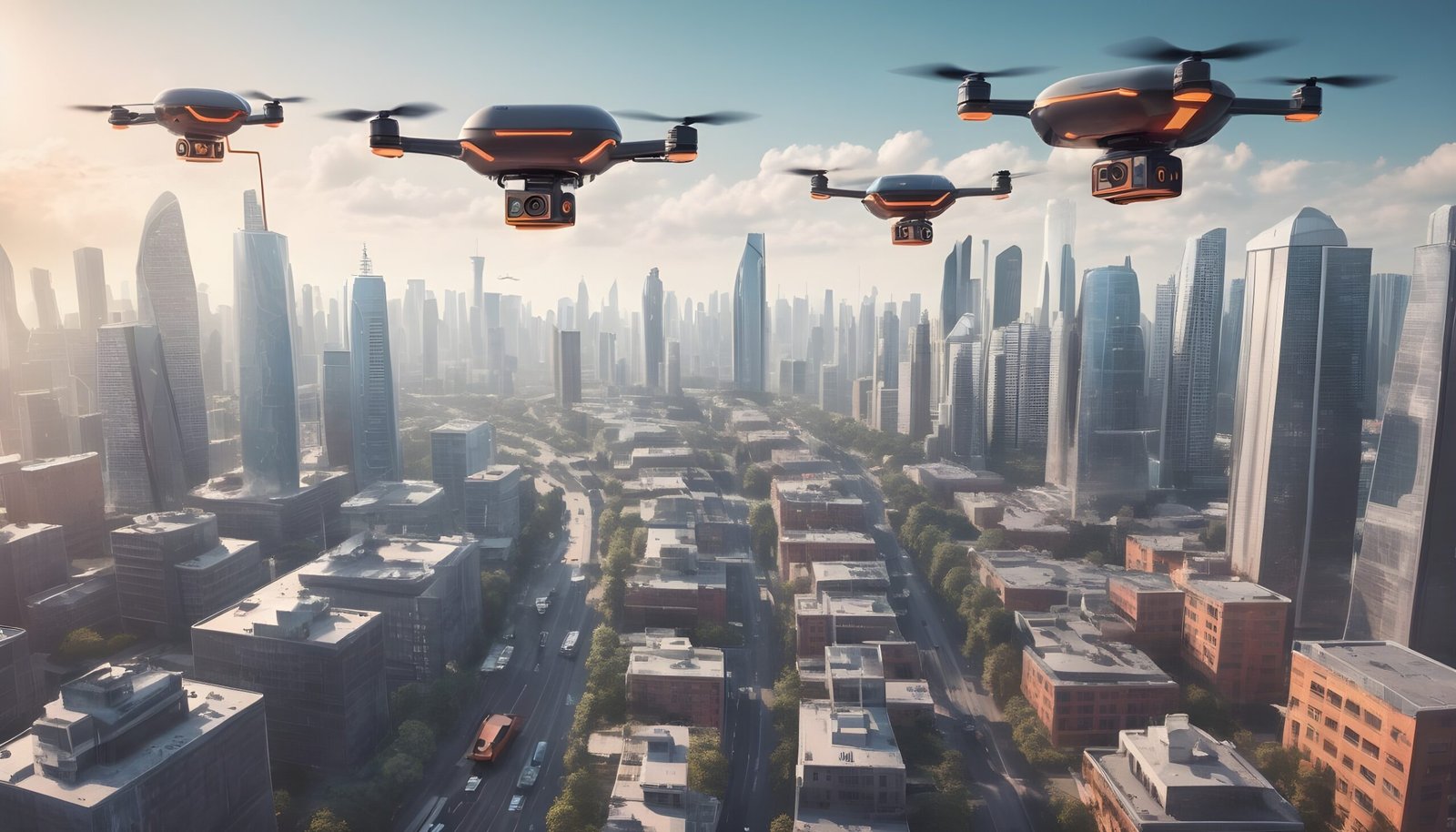Introduction:
In the ever-evolving landscape of logistics, one area that continues to undergo rapid transformation is last-mile delivery, particularly in urban environments. As populations grow and e-commerce booms, the demand for efficient, timely delivery services has never been higher. In this blog post, we’ll delve into the revolution underway in last-mile delivery and explore the innovative technologies and strategies driving this transformation.
The Rise of Urban Logistics:
Urbanization has led to a surge in demand for last-mile delivery services, as more people flock to cities in search of opportunities and convenience. With densely populated urban centers posing unique challenges such as traffic congestion, limited parking, and narrow streets, traditional delivery methods are becoming increasingly impractical. As a result, logistics companies are turning to innovative solutions to navigate these urban jungles and meet the growing demand for fast, reliable delivery.
Embracing Innovation:
One of the most exciting developments in urban logistics is the emergence of cutting-edge technologies that promise to revolutionize last-mile delivery. Drones, autonomous delivery vehicles, and delivery robots are just a few examples of the innovative solutions being deployed to make urban delivery more efficient and sustainable. By leveraging artificial intelligence and advanced routing algorithms, these technologies can optimize delivery routes, minimize delivery times, and reduce carbon emissions.
Challenges and Opportunities:
While the potential benefits of these technologies are undeniable, urban logistics still face significant challenges. Regulatory hurdles, safety concerns, and public acceptance are just a few of the obstacles that must be overcome for these innovations to realize their full potential. Additionally, the competitive nature of the industry means that logistics companies must constantly innovate and adapt to stay ahead of the curve. However, for those willing to embrace change, the opportunities for growth and success in urban logistics are immense.
Conclusion:
In conclusion, the future of urban logistics is bright and full of possibilities. With the continued advancement of technology and the adoption of innovative solutions, last-mile delivery in urban environments is poised to become faster, more efficient, and more sustainable than ever before. By embracing innovation and tackling the challenges head-on, logistics companies can revolutionize the way goods are delivered in cities, paving the way for a more connected and convenient future.





